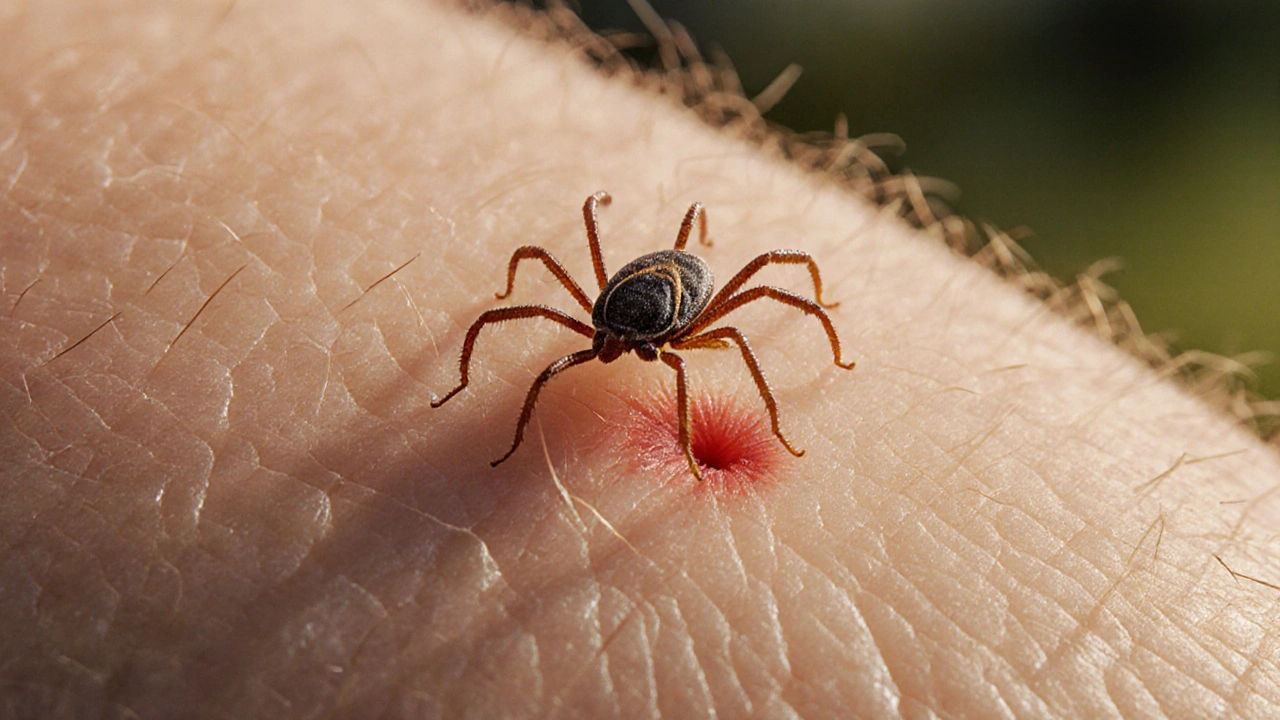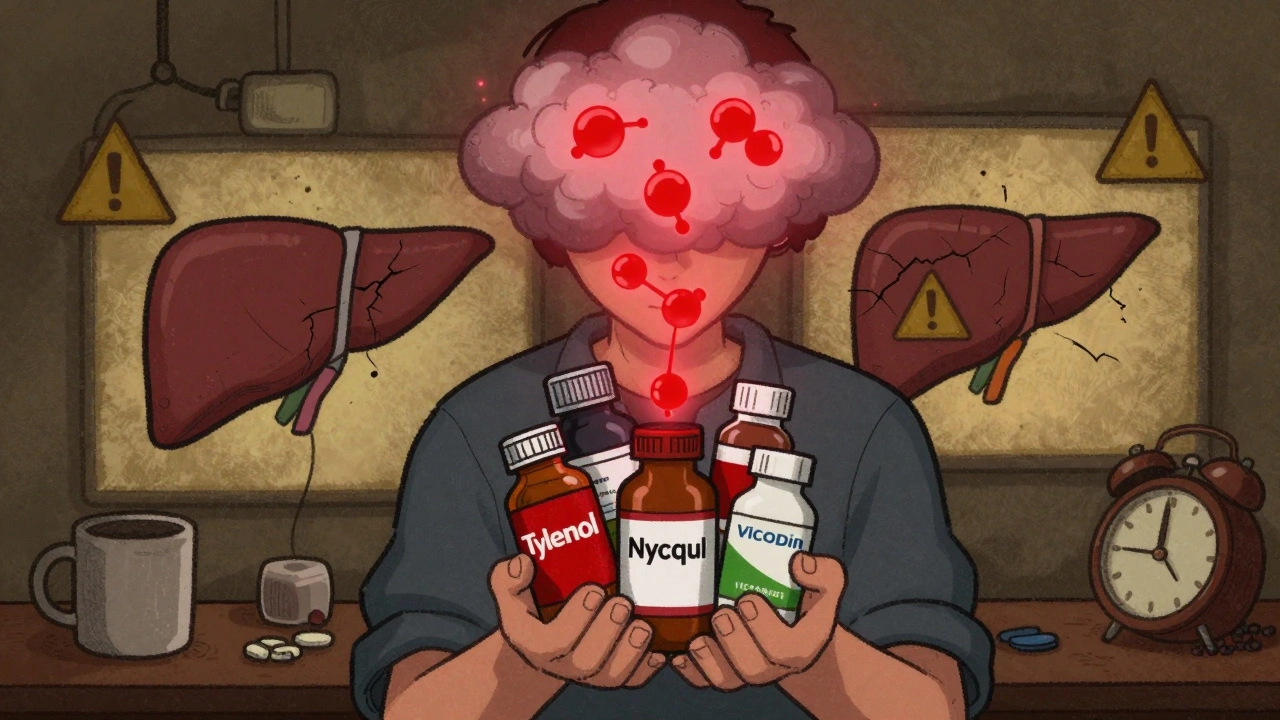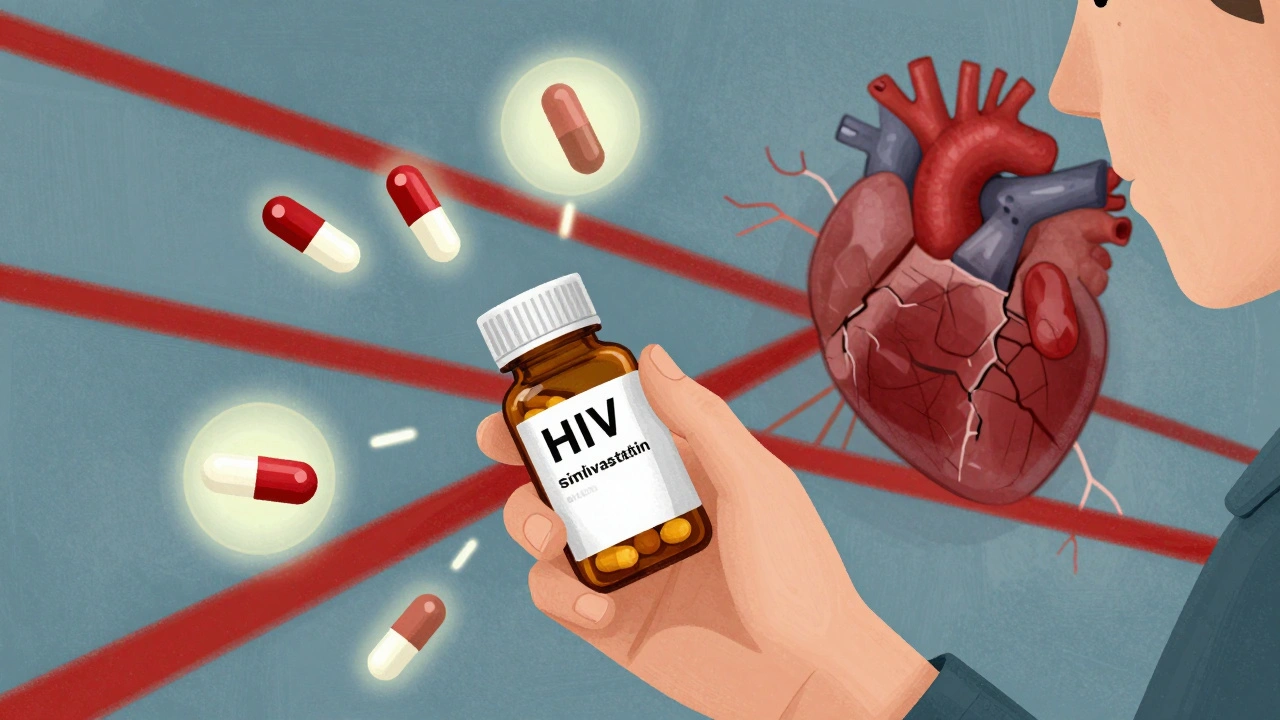Tick Fever: Symptoms, Causes, Prevention & Treatment
When dealing with tick fever, a feverish illness transmitted by tick bites. Also known as tick‑borne fever, it can show up quickly after a tick bite, the point of contact when a tick attaches to the skin and starts feeding. The disease is part of a larger group of tick‑borne diseases, illnesses spread by ticks such as Lyme disease and Rocky Mountain spotted fever. Tick fever typically brings a sudden rise in body temperature, chills, headache, muscle aches, and sometimes a rash that looks like tiny red dots. These symptoms overlap with other infections, so doctors rely on a combination of travel history, recent outdoor activity, and lab tests to confirm the diagnosis. Early detection is vital because prompt antibiotic therapy can shorten the illness and prevent complications like joint inflammation or neurological issues.
Key Facts About Tick Fever
Tick fever encompasses a range of clinical signs: high fever, fatigue, sore throat, and in some cases nausea or vomiting. The disease often follows a tick bite, the moment a tick inserts its mouthparts and releases saliva containing pathogens, which introduces bacteria like Rickettsia spp. into the bloodstream. Preventing tick bites reduces the risk of tick fever, which is why public health agencies stress the importance of wearing long sleeves, using insect repellent, and performing thorough body checks after hikes. If you notice a tick still attached after removal, keep it in a sealed container; some labs need the insect for accurate identification. The connection between tick fever and other tick‑borne illnesses is strong. For instance, Lyme disease, the most common tick‑borne illness in North America and Europe shares the same vector but is caused by a different bacterium (Borrelia burgdorferi). Similarly, Rocky Mountain spotted fever, a severe rickettsial infection transmitted by the American dog tick can mimic tick fever's fever and rash, but it often progresses faster and may involve organ dysfunction. Understanding these links helps clinicians choose the right laboratory tests and treatment plans. Treatment for tick fever usually starts with doxycycline, an antibiotic effective against most rickettsial pathogens. The standard course lasts 7‑10 days, and patients typically feel better within 48 hours. In children under eight, doctors may opt for alternative antibiotics like azithromycin to avoid tooth discoloration. Supporting care—hydration, fever reducers, and rest—helps the body recover faster. For those with severe symptoms or underlying health conditions, hospitalization may be required to monitor heart rate, blood pressure, and potential complications. Prevention remains the most cost‑effective strategy. Removing a tick within the first 24 hours dramatically lowers the chance of disease transmission because many pathogens need time to migrate from the tick’s gut to its saliva. Regularly checking pets for ticks, keeping lawns trimmed, and using tick‑control products in yards also cut down the tick population. If you live in an area where tick‑borne diseases are common, consider annual screenings, especially after outdoor activities. The risk factors for tick fever include spending time in wooded or grassy areas, especially during the warmer months when ticks are most active. Adolescents and outdoor workers are among the highest‑risk groups. Climate change is expanding tick habitats, meaning regions previously considered low‑risk are now seeing more cases. This shift underscores the need for updated public‑health alerts and community education. In summary, tick fever is a preventable yet potentially serious illness linked to tick bites. Recognizing the early symptoms, seeking prompt medical care, and following proven prevention steps can keep you and your family safe. Below you’ll find a curated set of articles that dive deeper into tick‑borne disease mechanisms, detailed symptom checklists, step‑by‑step prevention guides, and the latest treatment recommendations. Explore the collection to arm yourself with practical knowledge and stay ahead of tick‑related health threats.

Tick Fever and the Immune System: How the Disease Affects Your Body’s Defenses
Discover how tick fever (anaplasmosis) disrupts the immune system, its symptoms, diagnosis, treatment, and prevention tips to keep your defenses strong.





